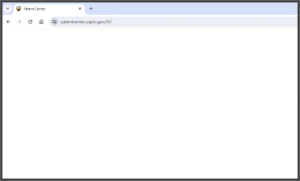(Update: it looks like maybe the USPTO might answer my letter about this. See blog article.)
Anybody who files a US utility patent application is forced to choose among three filing paths, each of which has advantages and disadvantages. The paths include:
-
- Legacy PDF. This is the path that incurs the $400 non-DOCX penalty. If you pick the legacy PDF filing path for your patent application, you can draw upon twenty years of experience with Certificate of Correction practice. If a correction of the issued US patent is needed because of a USPTO error, the path for correction is well understood and predictable.
- DOCX without applicant-generated PDF. A first filing path that permits the applicant to avoid the need to pay the non-DOCX surcharge is the filing of the patent application in DOCX format, without also filing an applicant-generated PDF. If you pick DOCX without applicant-generated PDF, it appears that there is no correction path available to the patent owner at all, except in the relatively rare case where the patent issues within one year of the application filing date.
- DOCX with applicant-generated PDF. A second filing path that permits the applicant to avoid the need to pay the non-DOCX surcharge is the filing of the patent application in DOCX format, accompanied by an applicant-generated PDF. If you pick DOCX with applicant-generated PDF, it is not very clear what correction path is available to the patent owner. One of the Federal Register notices talks about an “ongoing safeguard”, but it is not clear when a correction request may be filed (maybe only within one year of the application filing date).


 Do you use ISA/EP? Do you use an EPO mailbox to receive ISR/WOs from ISA/EP? Do you use an EPO smart card to log in at the mailbox? Then you need to migrate from a smart card to a time-based one-time password form of two-factor authentication. And you need to do it before the end of 2024. One way to learn how to do this is by attending an EPO webinar that will take place soon.
Do you use ISA/EP? Do you use an EPO mailbox to receive ISR/WOs from ISA/EP? Do you use an EPO smart card to log in at the mailbox? Then you need to migrate from a smart card to a time-based one-time password form of two-factor authentication. And you need to do it before the end of 2024. One way to learn how to do this is by attending an EPO webinar that will take place soon. 